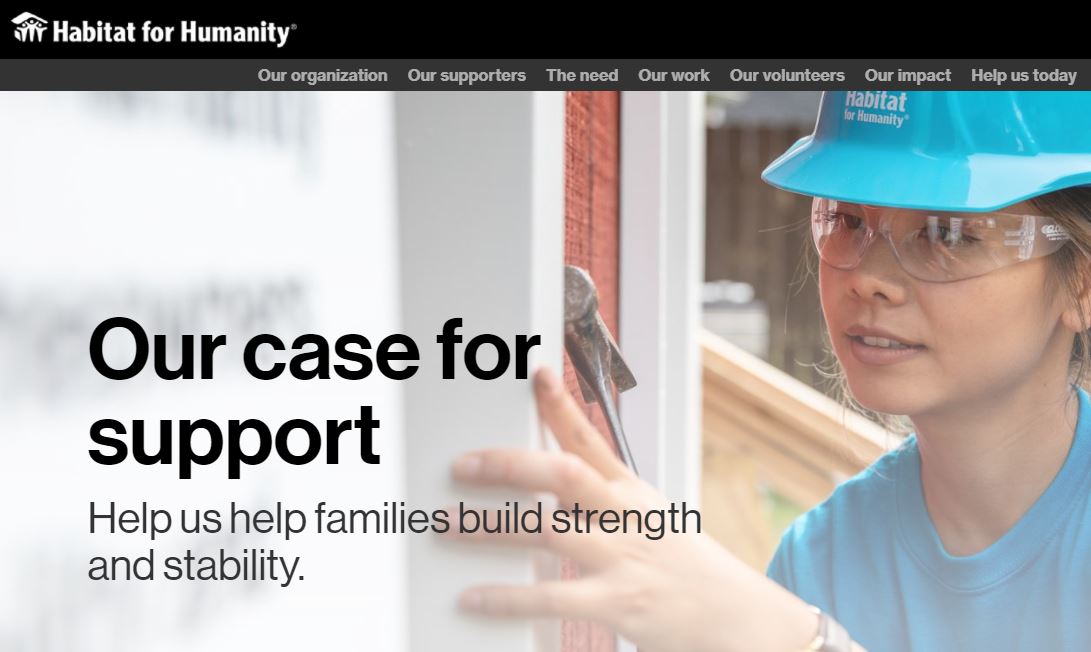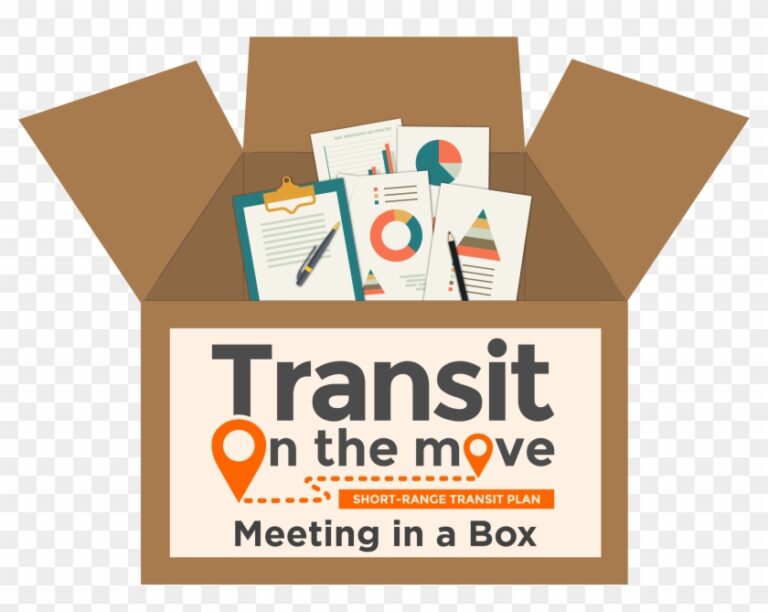Nonprofits will find it impossible to get traction on fundraising without creating the basic framework consisting of two things: A case for support document and a fundraising pipeline – a tool for assigning potential donors, grants and sponsors to fundable programs outlined in the case for support.
The Case for Support and the Donor Pipeline are two, essential fundraising staples for all nonprofits. This article shares important information about why these tools are vital for your organization.
Your Case for Support is not a fundraising proposal – it is simply a master articulation document. It’s an articulation of your organization’s major programs along with the most important funding needs and priorities.
Your Case for Support is a tool providing core information for future grant writing, sponsorship proposals, etc. without having to recreate the wheel. The document will include language that can be further tailored into grants, major gift fundraising proposals, and sponsorship pitches.
It presents an organization’s overview, programs, impact, as well as funding needs and how the funds can be expected to create a return on investment. The Case for Support begins, at its roots, as an internal document used to create clarity and articulation as a platform for further proposal shaping.
Beyond the core, descriptive verbiage, I’ve found that
the biggest Case for Support benefit is this:
You will create a very clear organizational focus on priority programs needing funding, as well as articulate the aspirational dollar amounts, so that your organization’s leadership knows its key programs, how to describe the impact of those programs, and how to position or “sell” what private and all types of grant investment will help make possible.
Don’t be surprised if it takes several months of dialogue, thoughtful review and input to engage your staff, board members, and constituents if appropriate, for articulating funding opportunities, gaps, and needed monetary thresholds to support priority programs. This is all part of the articulation process – and this is not a one-time-only event. Cases for Support should be reviewed and updated at least annually.
When shaped, the verbiage also can be used externally, such as this website example, to create appropriate external visibility for your Case for Support. Here’s a great website example — Habitat for Humanity’s published case for support.
Here’s an excellent article about how to develop a case for support, with good case studies.
When an organization is clear on its case for support and funding priorities, then a funding pipeline can be shaped to provide a list of well-aligned potential prospects.
Benefits for developing a case for support:
- Cases for support are tools for sharpening program articulation. A well-written Case for Support collects and curates all of the information about fundable programs in once place.
- The Case for Support tool is an internal precursor for shaping external fundraising proposals. It presents a clear and compelling articulation of an organization’s various programs (the fundable projects), and what the level of funding ask might be.
- A master case for support with a break-out of the specific programs articulates each specialty program or key initiative clearly so that it’s much easier to then determine the donors best suited for that particular cause, so there is no overlap or false starts that cause embarrassment for the organization.
Similar to a bank loan pipeline, a grant and/or donor pipeline is a highly private, confidential document that identifies the programs and initiatives, and connects potential funding sources directly to each program or initiative.
Research shows that it takes 10 grant proposals on the average to receive one funded project, and that assumes the donor is well-aligned with the project. Having a grant pipeline is the only way to planfully build fundraising traction. It takes a lot of “no” answers to get to a “yes.”
The fundraising pipeline typically consists of a spreadsheet that assigns foundations, donors, corporate sponsors to specific programs that need funding. An aspirational fundraising amount is assigned to each potential donor. If desired, the probability of receiving that donation (a bit of intuitive probability analysis) could be included.
For each donor prospect, additional information should be noted, such as who, within the nonprofit organization, will be approaching funding source, and contacts within the funding company. Donor deadlines and important information such as online passwords for uploading grant information should be included, all in one place.
Fundraising pipelines must be rigorously updated. This could equate to nearly a full-time job in organizations with active grant pipelines in process.
It takes a significant amount of time to farm the pipeline, make updates to the pipeline such as add new funding prospects, and then oversee (and potentially be the person to shape) funding proposals to meet deadlines!
Active pipeline management includes grant research to find entities where there appears to be a good match – whether it’s broader funding for the organization as a whole, or for a niche program.
Benefits for developing a fundraising donor and grant pipeline:
- Donor suboptimization can be a real problem when donors are not viewed strategically and approached in a coordinated, strategic fashion. This is where the donor pipeline helps to match potential donors to specific programs or initiatives, so your team is clear on who is being prospected for what.
- While the Case for Support articulates the program, the need, and the amounts being sought, it’s the funding pipeline that assigns potential funding targets, aligning funding targets with specific programs.
The most difficult part of institutionalizing a Case for Support and funding pipeline is getting it framed for the first time – starting from scratch. The good news is this: Updating then becomes easier over time, but only when an organization commits to active fundraising management and ongoing fundraising accountability.
Carol A. Poore, Ph.D., MBA, is president of Poore & Associates Strategic Planning, serves on faculty at Arizona State University’s School of Public Affairs, and is author of Strategic Impact: A Leader’s Three-Step Framework for the Customized Vital Strategic Plan (Fast Company Press) endorsed by the Association for Strategic Planning.




